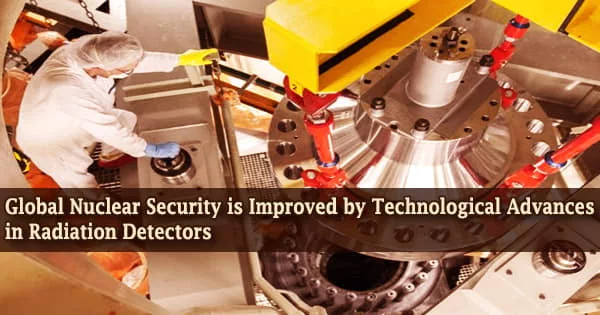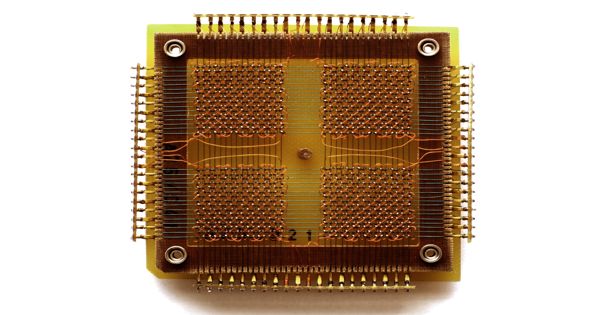Nuclear power facilities can tolerate a wide range of weather conditions and do not produce damaging greenhouse emissions. However, as security technology improves, trafficking of radioactive materials to provide them with fuel remains a severe challenge.
Paul Johns and Juan Nino, two physicists from the University of Florida and the Pacific Northwest National Laboratory, did research to improve worldwide nuclear security by upgrading radiation detectors.
According to them, upgrading radiation detectors necessitates the discovery of better sensor materials as well as the development of smarter detector signal processing methods. They report their findings in this week’s issue of AIP Publishing’s Journal of Applied Physics.
“The end users of radiation detectors don’t necessarily have a background in physics that allows them to make decisions based on the signals that come in,” Johns said.
“The algorithms used to energy-stabilize and identify radioactive isotopes from a gamma-ray spectrum are therefore key to making detectors useful and reliable. When sensors can provide better signal resolution, algorithms are able to more accurately inform users about the radiation sources in their environment.”
The end-users of radiation detectors don’t necessarily have a background in physics that allows them to make decisions based on the signals that come in. The algorithms used to energy-stabilize and identify radioactive isotopes from a gamma-ray spectrum are therefore key to making detectors useful and reliable. When sensors can provide better signal resolution, algorithms are able to more accurately inform users about the radiation sources in their environment.
Paul Johns
There is currently no single radiation detector that is ideal for all applications. Designing the optimal detector has proven to be a big issue, with size, signal resolution, weight, and cost all being factors.
Johns and Nino looked at a list of probable compounds for room-temperature semiconductor detectors, which don’t require a sensor to be cooled to cryogenic temperatures to work effectively, and found several promising options. The authors weighed the cost, feasibility, and efficiency of each chemical before making their decision.
The authors found that hybrid organic-inorganic perovskite, a mineral mostly composed of calcium titanate, has the greatest potential among developing semiconductor compounds after evaluating a wide list of more than 60 options.
In comparison to the weeks or months it takes to make conventional sensors, hybrid perovskites can be quickly synthesized and grown via solution in just a few hours to a few days.
The scientists feel that if the stability of these compounds can be increased, they will be at the forefront of room temperature semiconductor detector development.
“Preventing radioactive materials from being used for harmful purposes is a global nuclear security challenge. Equipping law enforcement and first responders with the best possible radiation detectors is key to detecting, identifying, and, ultimately, prohibiting radioactive threats,” said Johns.
Radiation sensors must be upgraded in order to avoid nuclear terrorism and the acquisition and use of weapons of mass destruction. Through advancements in room temperature semiconductor compounds, Johns and Nino hope to improve worldwide security.
















